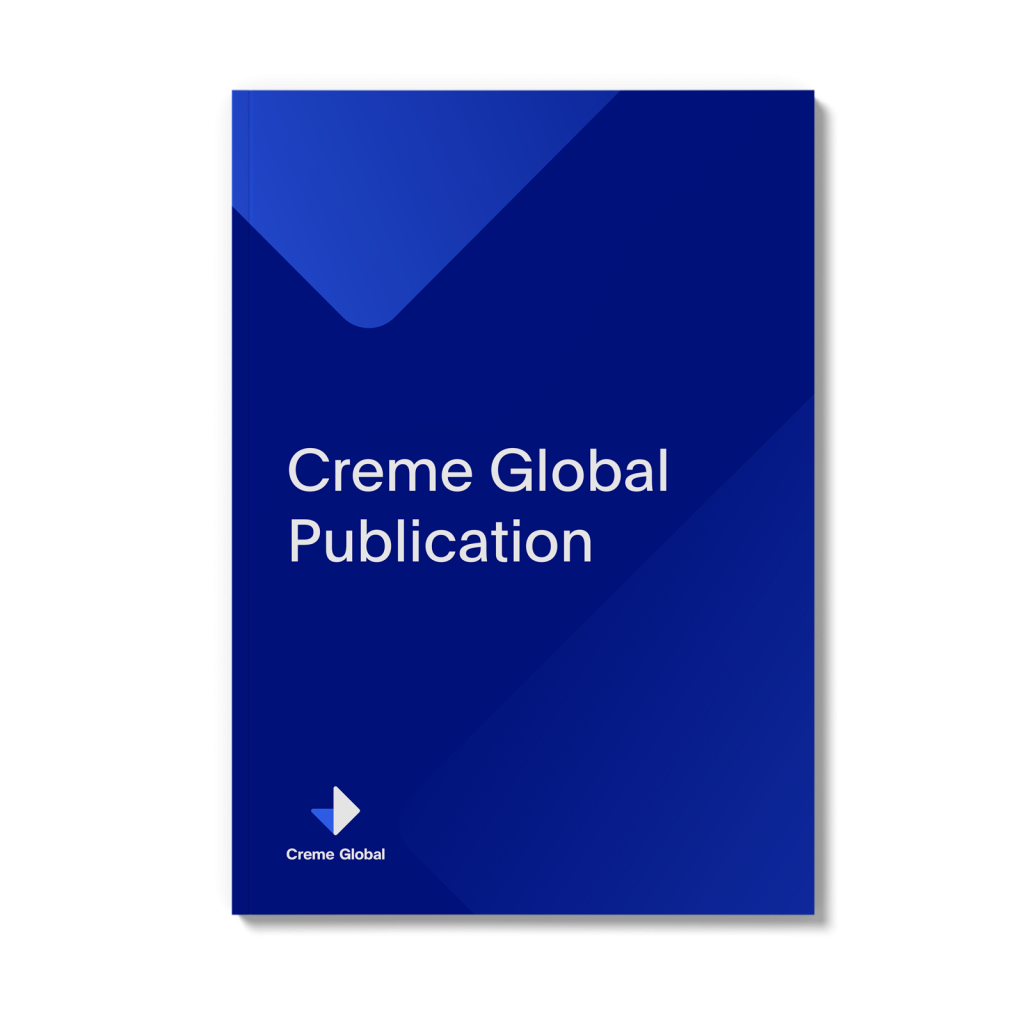A previous publication described methods for assessing and reporting uncertainty in dietary exposure assessments. This follow-up publication uses a case study to develop proposals for representing and communicating uncertainty to risk managers. The food ingredient aspartame is used as the case study in a simple deterministic model (the EFSA FAIM template) and with more sophisticated probabilistic exposure assessment software (FACET). Parameter and model uncertainties are identified for each modelling approach and tabulated. The relative importance of each source of uncertainty is then evaluated using a semi-quantitative scale and the results expressed using two different forms of graphical summary. The value of this approach in expressing uncertainties in a manner that is relevant to the exposure assessment and useful to risk managers is then discussed. It was observed that the majority of uncertainties are often associated with data sources rather than the model itself. However, differences in modelling methods can have the greatest impact on uncertainties overall, particularly when the underlying data are the same. It was concluded that improved methods for communicating uncertainties for risk management is the research area where the greatest amount of effort is suggested to be placed in future.
Tennant David & Diána Bánáti, Marc Kennedy, Jürgen König, Cian O'Mahony, Susanne Kettler
Food and Chemical Toxicology, Volume 109, Part 1, November 2017, Pages 68-80
02/08/2017
Download Publication >>>
Assessing and reporting uncertainties in dietary exposure analysis – Part II: Application of the uncertainty template to a practical example of exposure assessment

Authors: Tennant David & Diána Bánáti, Marc Kennedy, Jürgen König, Cian O’Mahony, Susanne Kettler
Keywords: Dietary exposure assessments, Uncertainty analysis, Deterministic and probabilistic models, Reporting of uncertainties, Uncertainty tables, Graphical representation